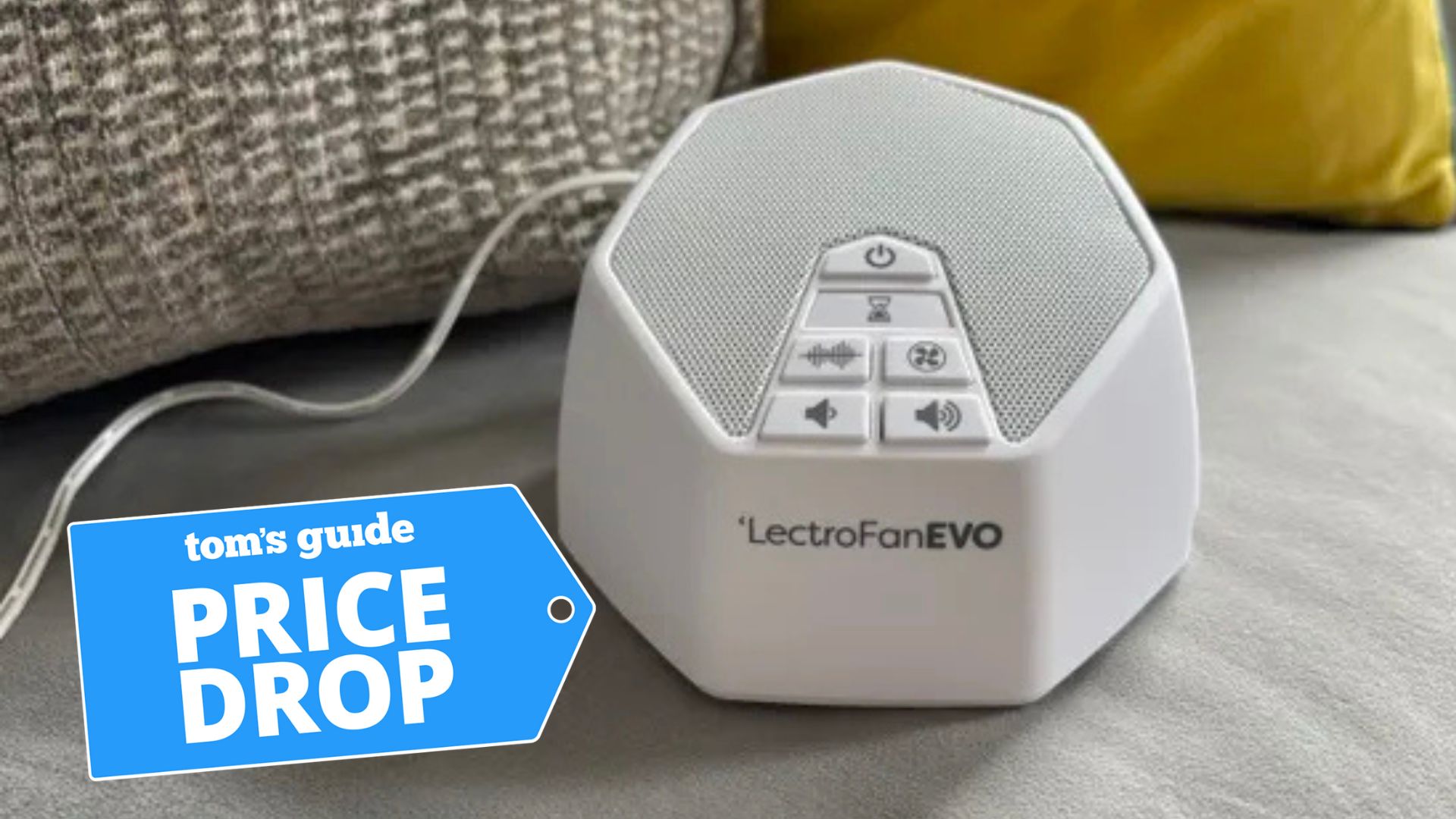What the Snapdragon 8 Gen 1 tells us about next year's Android phones
Expect cameras and AI to take center stage on the Galaxy S22 and OnePlus 10

If you've got 2022 circled on the calendar as the year to buy one of the premium Android phones expected to hit the market, this past week brought some very good news. Qualcomm previewed the Snapdragon 8 Gen 1, the latest version of its top-of-the-line silicon for mobile phones, and the features it chose to talk about made me very optimistic about what next year's phones will be able to do.
To be fair, every company sings the praises of every new product they reveal — that's par for the course when it's time to sell something. But what was striking about the Snapdragon 8 Gen 1 reveal is what Qualcomm had chosen to emphasize. The Snapdragon 8 features the chip maker is talking up are centered around tasks that increasingly are defining what people turn to smartphones for.
And it's worth paying attention to that if you have any interest in Android devices. Not every one of the best Android phones that have come out in the past year used the Snapdragon 888, the predecessor to the Snapdragon 8 Gen 1 that Qualcomm showed off this past week. But many key phones did, including Samsung's Galaxy S21 lineup and its top foldable phones, the OnePlus 9 and OnePlus 9 Pro and many of the best gaming phones.
The things that Snapdragon's 8 Series chipsets enable tell us a lot about what's coming to the next batch of Android flagship phones. Here's what we've learned so far.
Android phone performance
Naturally, a lot of the interest in the buildup to the Snapdragon 8 Gen 1's unveiling centered around what kind of performance it enables. And the early leaks were not encouraging.

One leaked test featuring Qualcomm's chip powering a Samsung Galaxy Tab S8 produced multicore scores on Geekbench 5 that lagged behind the Snapdragon 888. Another leaked Geekbench 5 result featuring an upcoming Samsung phone (most likely next year's Galaxy S22) also showed an underpowered chip.
There were plenty of reasons not to lose too much sleep over these early numbers. For one, benchmarks only provide some of the picture of how a chipset performs, and the silicon used in pre-release device isn't always fine tuned for performance.
Get instant access to breaking news, the hottest reviews, great deals and helpful tips.
Indeed, Qualcomm tells us that the Kryo CPU included on the Snapdragon 8 Gen 1 should see a 20% boost in speed while consuming 30% less energy. The Adreno GPU is in line for a 30% speed boost with a 25% improvement in power savings. Apply these percentages to the benchmark results we saw from Snapdragon 888-powered phones, and you'd expect performance gains that come awfully close to what the iPhone 13 and its best-in-class A15 Bionic chip can do.
That's certainly nice to imagine. But performance isn't necessarily the thing that excites me about what the Snapdragon 8 Gen 1 brings to the table.
More powerful photography
Along with the CPU and GPU, there are other parts to Qualcomm's system-on-chips. One of the big areas is the Spectra ISP, the image signal processor that manages a lot of the camera features on your smartphone.
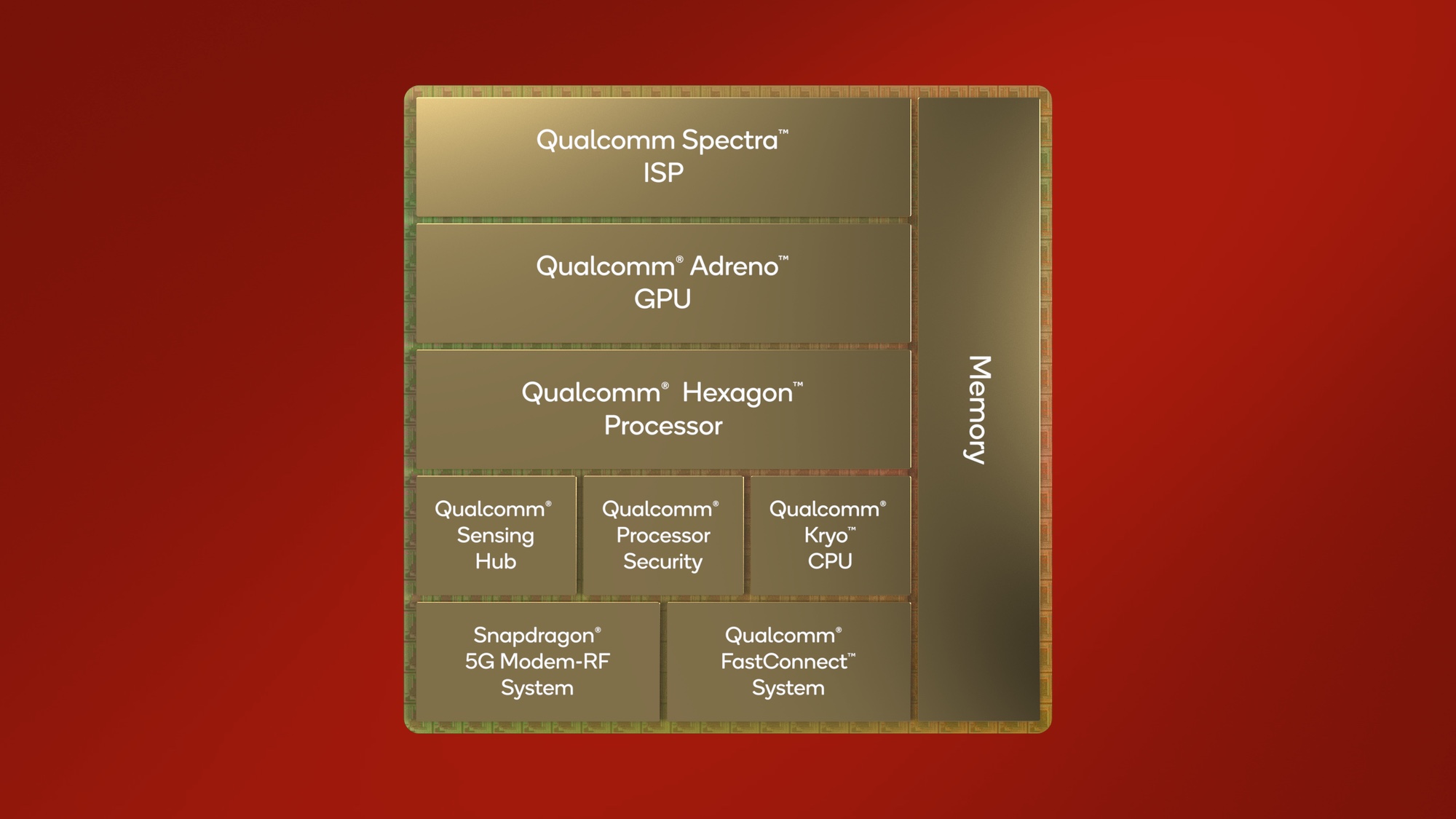
The Spectra version included on the Snapdragon 8 Gen 1 potentially brings some powerful capabilities to your future Android phone. For starters, the Snapdragon 8 Gen 1 features an 18-bit ISP, an improvement from the Snapdragon 888's 14-bit version. As a result, expect greater dynamic range, sharpness and colors in the photos you take.
Another first for mobile is the Snapdragon 8 Gen 1's support for 8K HDR video capture, a feature that Qualcomm says will let people record more than a billion shades of color. The ISP is faster, too, doubling the amount of burst shots you capture in a second from what the Snapdragon 888 could produce. An improved night mode now captures 5 times the number of images as the previous generation and merges the best parts of all 30 of those images to create a better low-light photo.
Some features in the Snapdragon 8 Gen 1 will return from the Snapdragon 888, such as the triple ISP that Qualcomm introduced a year ago. That allows phones to capture photos and video from up to three different cameras at the same time.
It will be up to phone makers to decide how best to implement the imaging capabilities the Snapdragon 8 Gen 1 brings to the table. But given the importance of mobile photography to both consumers and to how companies make their smartphones stand out, you'd expect any device maker who turns to the Snapdragon 8 Gen 1 to really push the boat out when it comes to camera features.
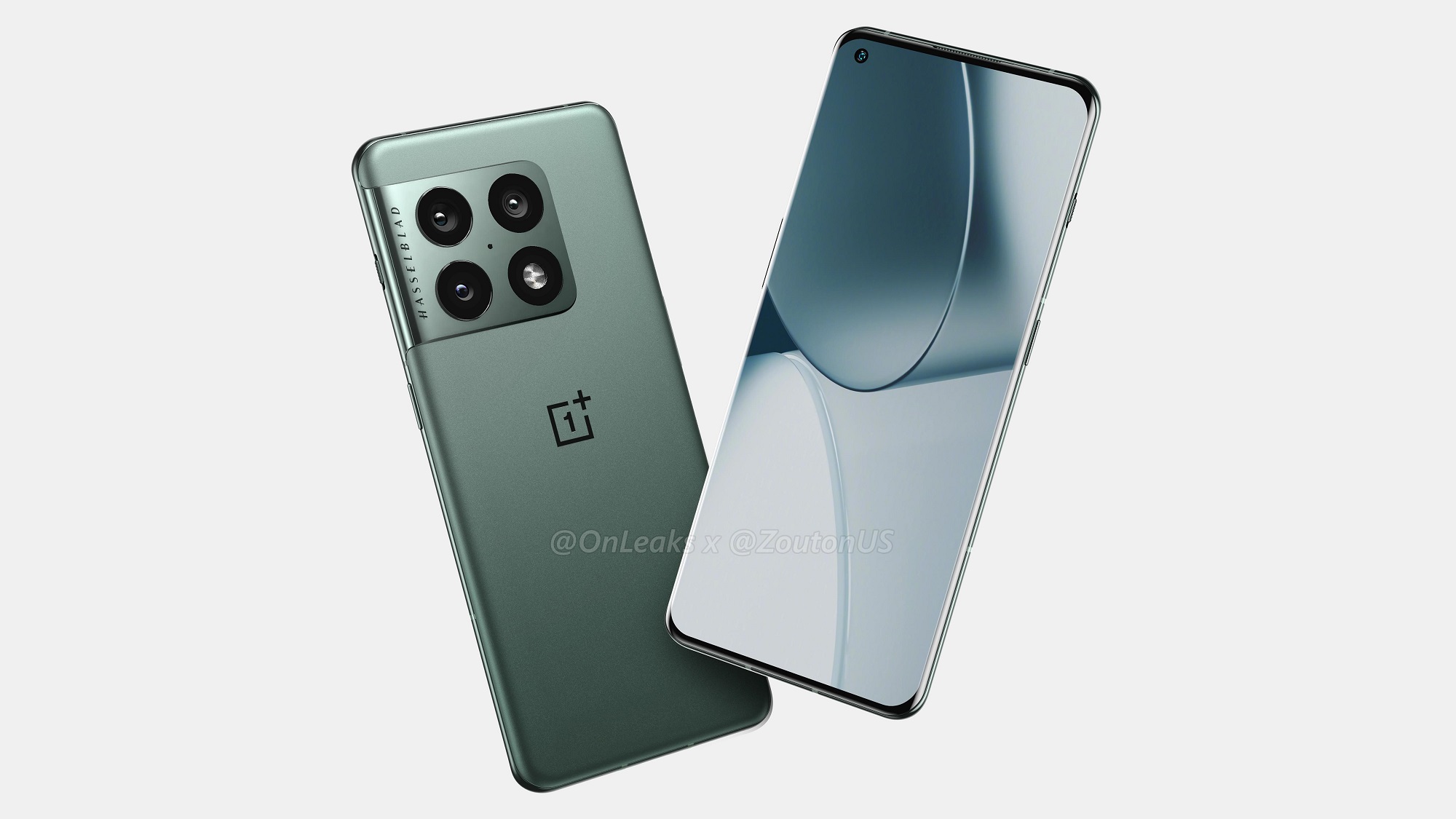
Take OnePlus, which has already confirmed that the Snapdragon 8 Gen 1 will power a future phone, most likely the OnePlus 10. The phone maker has already been working with Hasselblad to improve the quality of its camera phones, so you'd imagine OnePlus would jump at the chance to make the most of what the Snapdragon 8 Gen 1 has to offer mobile photography.
The same goes for Samsung and its upcoming Galaxy S22 flagship, which is all but certain to feature the Snapdragon 8 Gen 1 (at least for versions of the phone released in the U.S.). Rumors about the Galaxy S22 Ultra suggest that there won't be that much of a change from the hardware Samsung featured in the Galaxy S21 Ultra, so you'd imagine Samsung would welcome an improved ISP that enabled its current camera to capture sharper images and video.
All about AI
Qualcomm usually talks up the artificial intelligence elements of its leading chipset, though that aspect took on an added importance this year with the arrival of Google's Tensor system-on-chip. That chipset, which powers the Pixel 6 and Pixel 6 Pro puts an added emphasis on AI and machine learning — as a result, Google's been able to make AI-powered features like real-time voice dictation in text messages a centerpiece of why people should consider its new flagship.
Qualcomm is responding with a new generation of its AI Engine on board the Snapdragon 8 Gen 1, powered by the Qualcomm Sensing Hub and the company's Hexagon processor. The tensor accelerator on that processor is twice as fast as before and has double the shared memory, contributing to a faster, more energy-efficient AI Engine. (Snapdragon 8 Gen 1 benchmarks seem to confirm faster AI performance, even if overall performance only shows modest gains over the Snapdragon 888.)
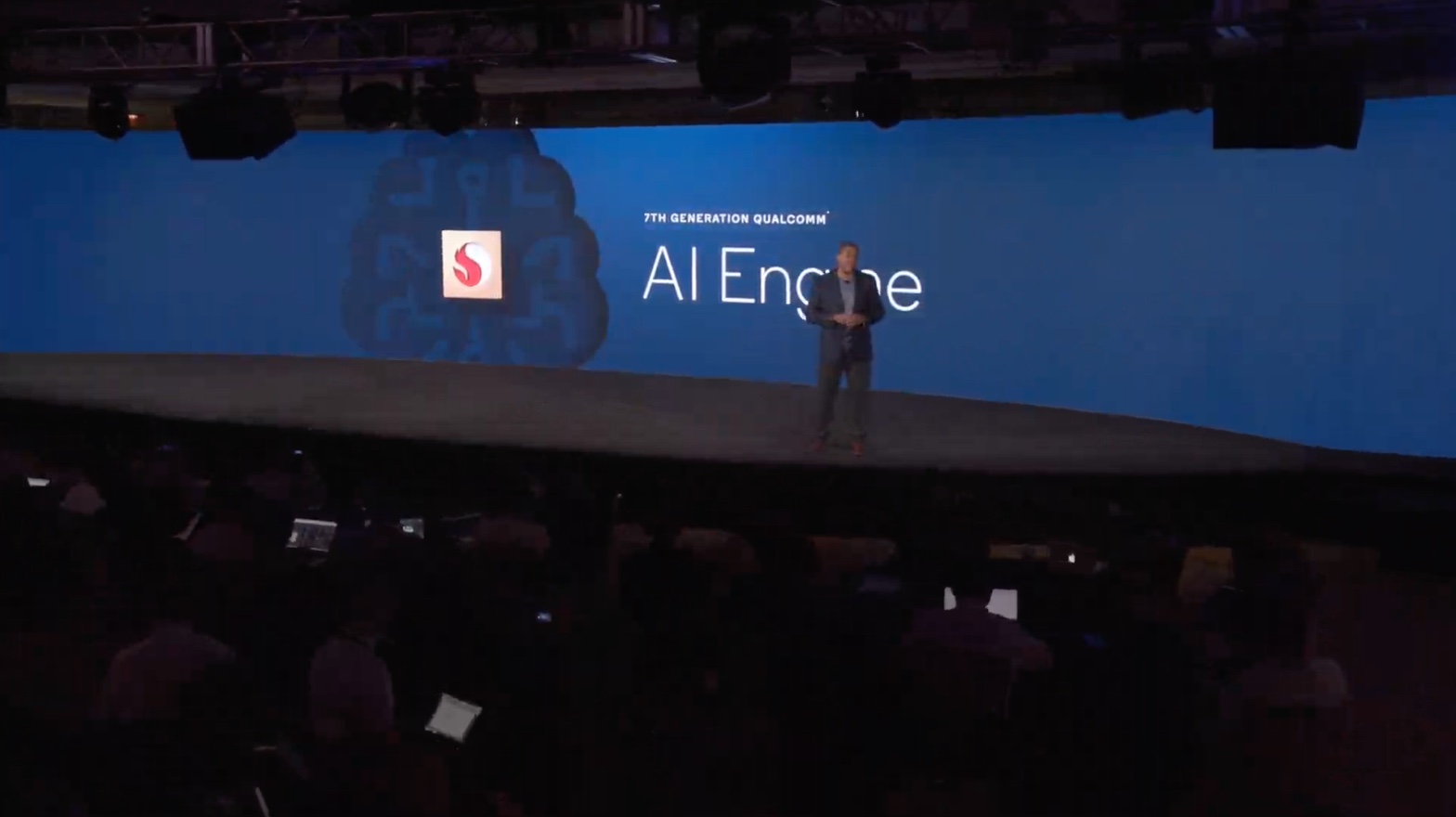
It's hard to talk about what kind of features that performance boost enables until you have an actual phone in hand, but some of the experiences Qualcomm touted during its Snapdragon Tech Summit last week use natural language processing to group text messages — presumably, the ones with a more urgent tone would be prioritized. A better AI engine also means better photo filers and more realistic bokeh blurs. Qualcomm even believes that mobile devices will be able to monitor your mental and physical health by analyzing speech and vocal patterns.
We'll have to wait until phones powered by the Snapdragon 8 Gen 1 start arriving to assess what the improved AI Engine is bringing to the table, but it sounds like Qualcomm isn't about to let Google's Tensor chip get all the plaudits.
Other Snapdragon 8 Gen 1 features
The Snapdragon 8 Gen 1 offers other capabilities that should be of interest to anyone planning on buying an Android phone in 2022. Gaming capabilities are front and center once again, as Qualcomm continues to expand its Snapdragon Elite Gaming features aimed at bringing desktop-style gaming to mobile devices. Additions to this chipset include support for volumetric rendering — fog and smoke will look more realistic in games — and an Adreno Frame Motion engine that increases frame rates without a corresponding rise in power.
On the sound front, the Snapdragon 8 Gen 1 will be the first Snapdragon chipset to include LE audio features such as broadcast audio, stereo recording and voice back-channel for gaming. Qualcomm also says its integrated Bluetooth 5.2 and Snapdragon Sound Technology will deliver clear audio and music.
5G continues to be a critical part of Snapdragon silicon, with the latest chipset featuring carrier aggregation for faster 5G upload speeds and a 5G modem that can reach 10 Gbps download speeds. The Snapdragon 8 Gen 1 supports Wi-Fi 6 and 6E, too, for better performance over Wi-Fi networks.
What this means for the Galaxy S22, OnePlus 10 and other phones
We'll get to see the Snapdragon 8 Gen 1 in action soon enough. The Xiaomi 12 is coming out with the chip shortly, as is the Motorola Edge X30. But those phones are arriving in China first and are unlikely to ever reach the US.
Instead, the first Snapdragon 8 Gen 1-powered phone to debut in this country is likely to be the usual suspect — Samsung's next Galaxy S flagship. And right now, the Galaxy S22 looks like it's arriving around February of next year. The OnePlus 10 could also be ready around that point.
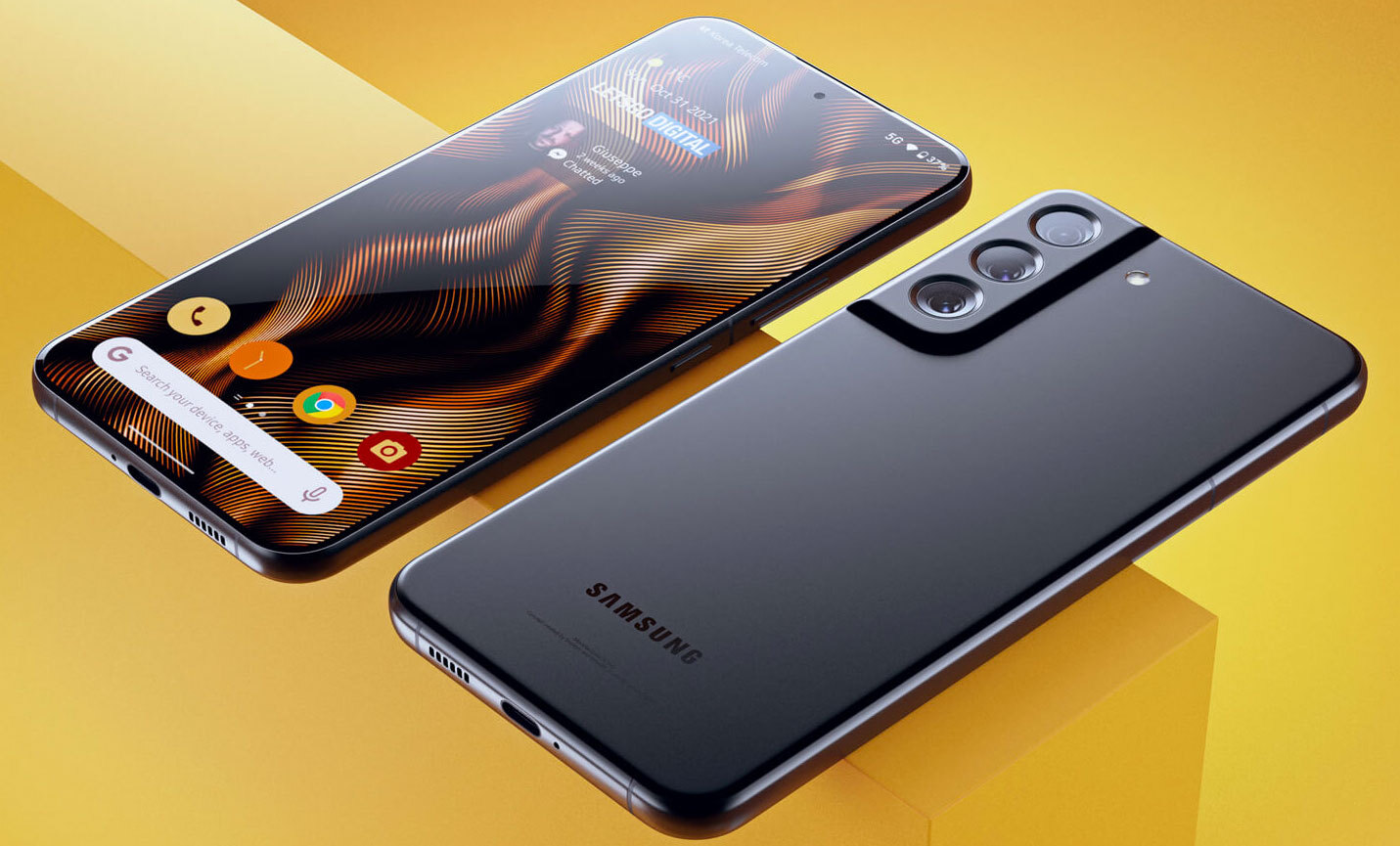
Samsung and OnePlus will have their own features to promote once their respective flagships debut. But we're willing to bet that the camera capabilities enabled by the Snapdragon 8 Gen 1 will be high on the list, and that AI-enabled features will be part of the picture, too. Qualcomm's new chipset may not be mentioned by name, but it will play a central role in supporting those enhancements.
This fall has already seen the iPhone 13 and the Pixel 6 raise our expectations for what a high-end smartphone should do. From what we've heard about the Snapdragon 8 Gen 1, Android phones that rely on that new silicon should be able to challenge those devices for a place among the best phones.
Philip Michaels is a Managing Editor at Tom's Guide. He's been covering personal technology since 1999 and was in the building when Steve Jobs showed off the iPhone for the first time. He's been evaluating smartphones since that first iPhone debuted in 2007, and he's been following phone carriers and smartphone plans since 2015. He has strong opinions about Apple, the Oakland Athletics, old movies and proper butchery techniques. Follow him at @PhilipMichaels.

